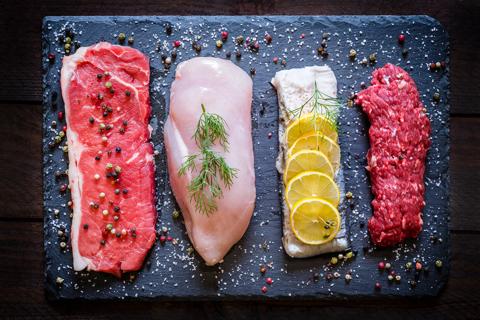How to keep your nutrition in check when your home is your office

You’re on a conference call and somehow wandered into the kitchen. Next thing you know you’re eating crackers and dry cereal out of the box. Or maybe you got so caught up in a project that you suddenly realize you haven’t eaten a thing all day. Or perhaps the “I’ll just have a handful of chips as I work” mentality turned into accidently eating the entire bag.
Advertisement
Cleveland Clinic is a non-profit academic medical center. Advertising on our site helps support our mission. We do not endorse non-Cleveland Clinic products or services. Policy
Keeping your nutrition in check can be tough when your home is your office. You feel comfortable and there’s plenty of food available. And unlike in the office, you’re free to graze all day and the fridge is all yours. But this habit can wreak havoc on your waistline, sabotage weight loss and halt your productivity.
Registered dietitian Anna Taylor, MS, RD, LD, CDCES discusses strategies and hacks for eating healthy while working from home.
Advertisement
Advertisement
Learn more about our editorial process.
Advertisement

With a focus on internal cues for hunger and fullness, this eating style may revolutionize your relationship with food

Review the ingredients, watch for sugar and fat, and choose one with the right amount of protein for your needs

A typical recommended balanced diet is half fruits and veggies, a quarter protein and a quarter grains

Foods high in protein, fiber and water can help keep hunger at bay

This quirky food trend is harmless, as long as you’re getting enough protein, fiber and healthy fats

This vital nutrient helps your brain and body in many ways — and most of us need more of it

Wrapped or sandwiched, try to choose fillings and condiments that are minimally processed, low in saturated fat and high in fiber

Set yourself up for success by carefully choosing your recipes, storage containers and prepping day

Babies can get congested easily, but you can calm their cough by keeping them hydrated, using nasal drops and running a humidifier

Weight loss may cause loose, sagging skin and muscle loss to your rear

Several conditions, like vitiligo and fungal infection, can cause a loss of pigmentation, leading to white spots or patches on your skin